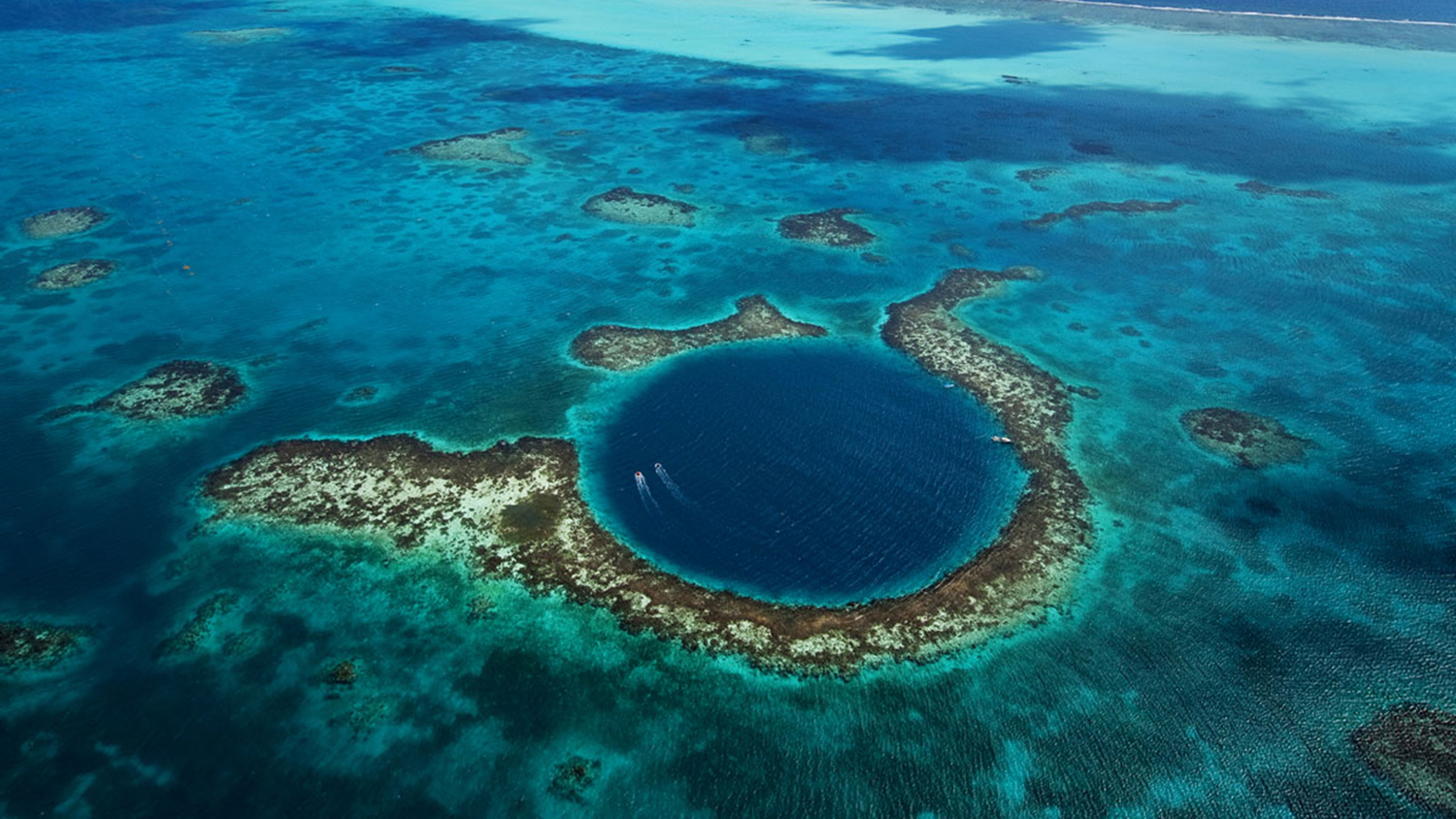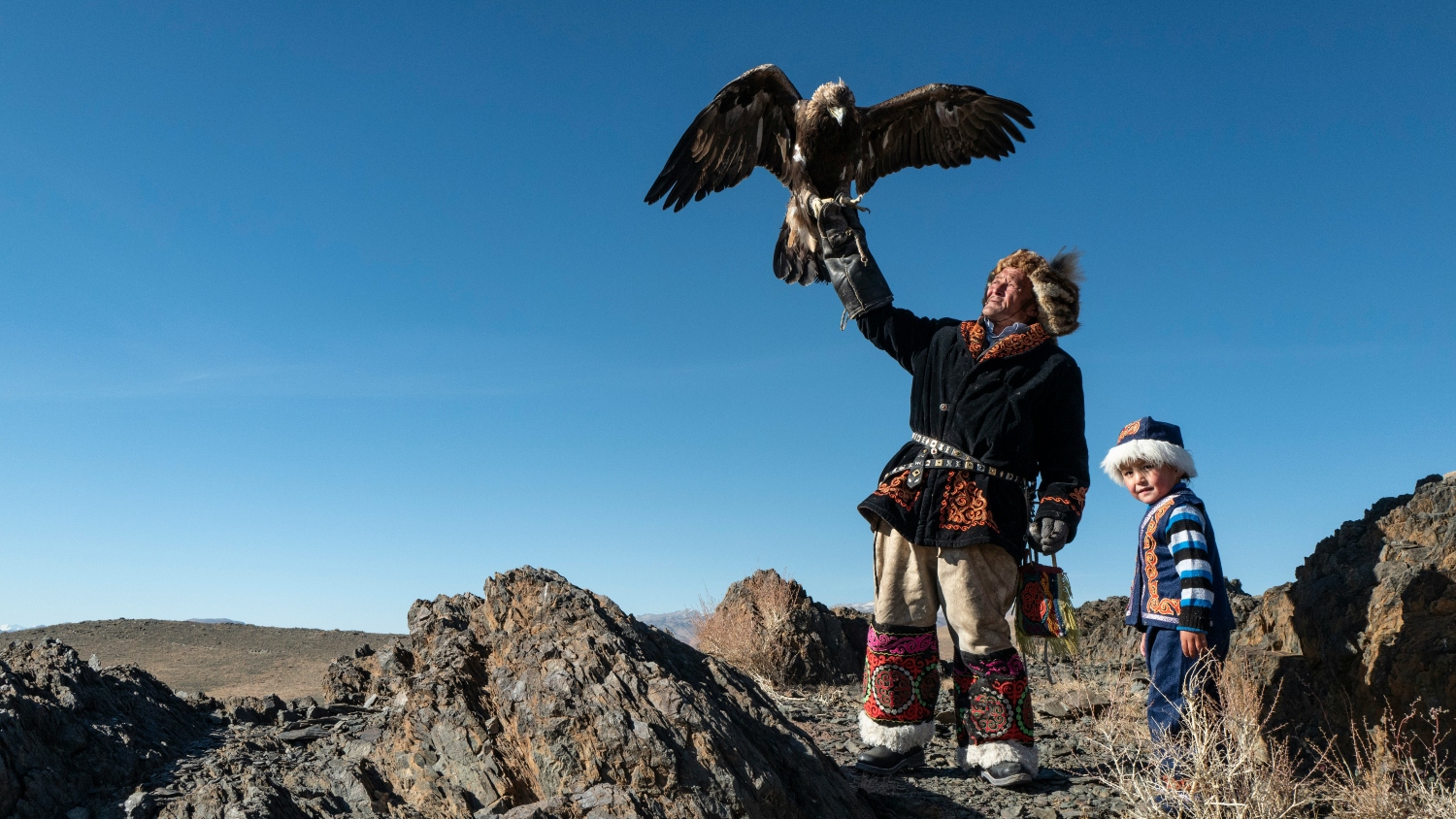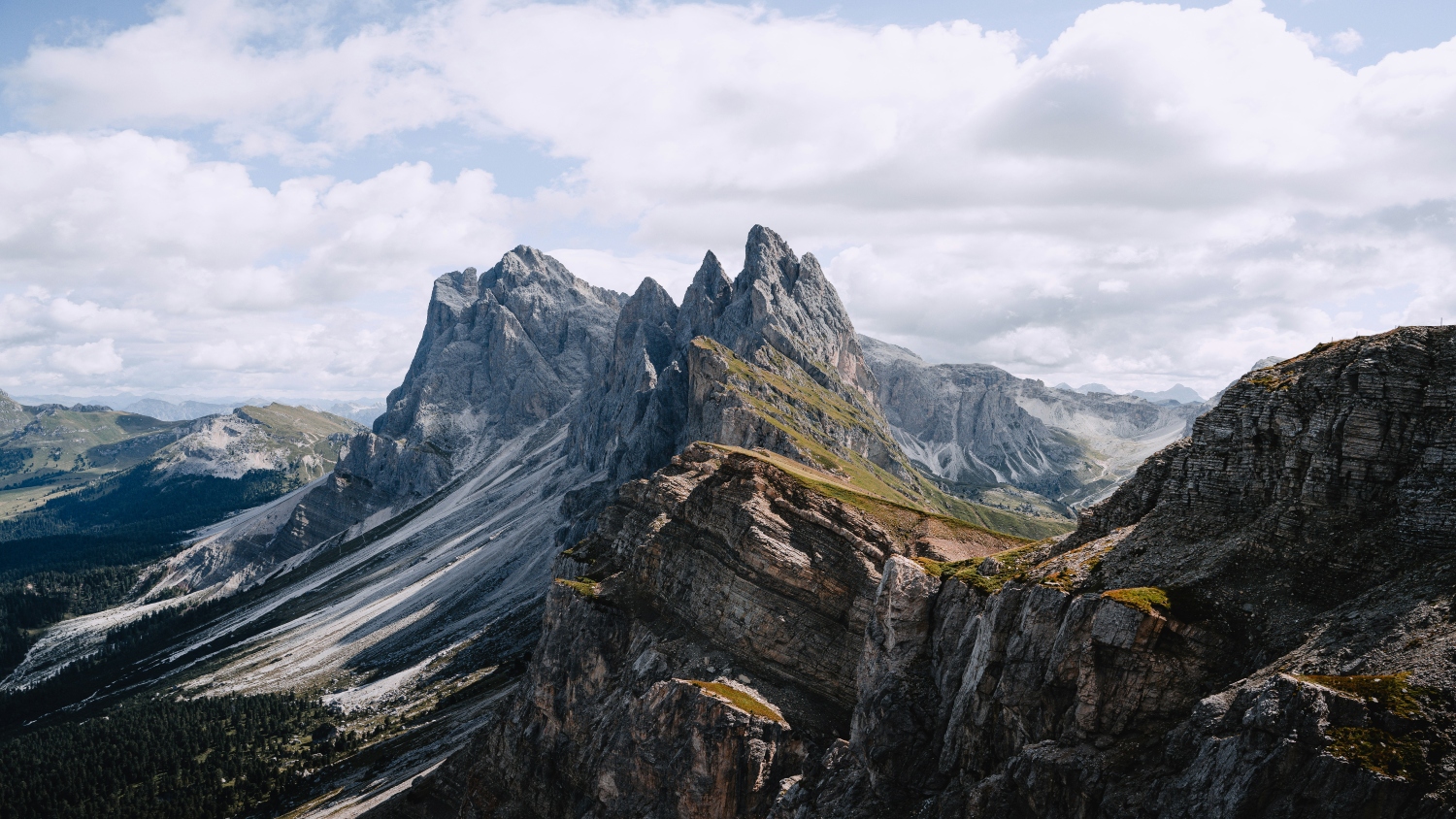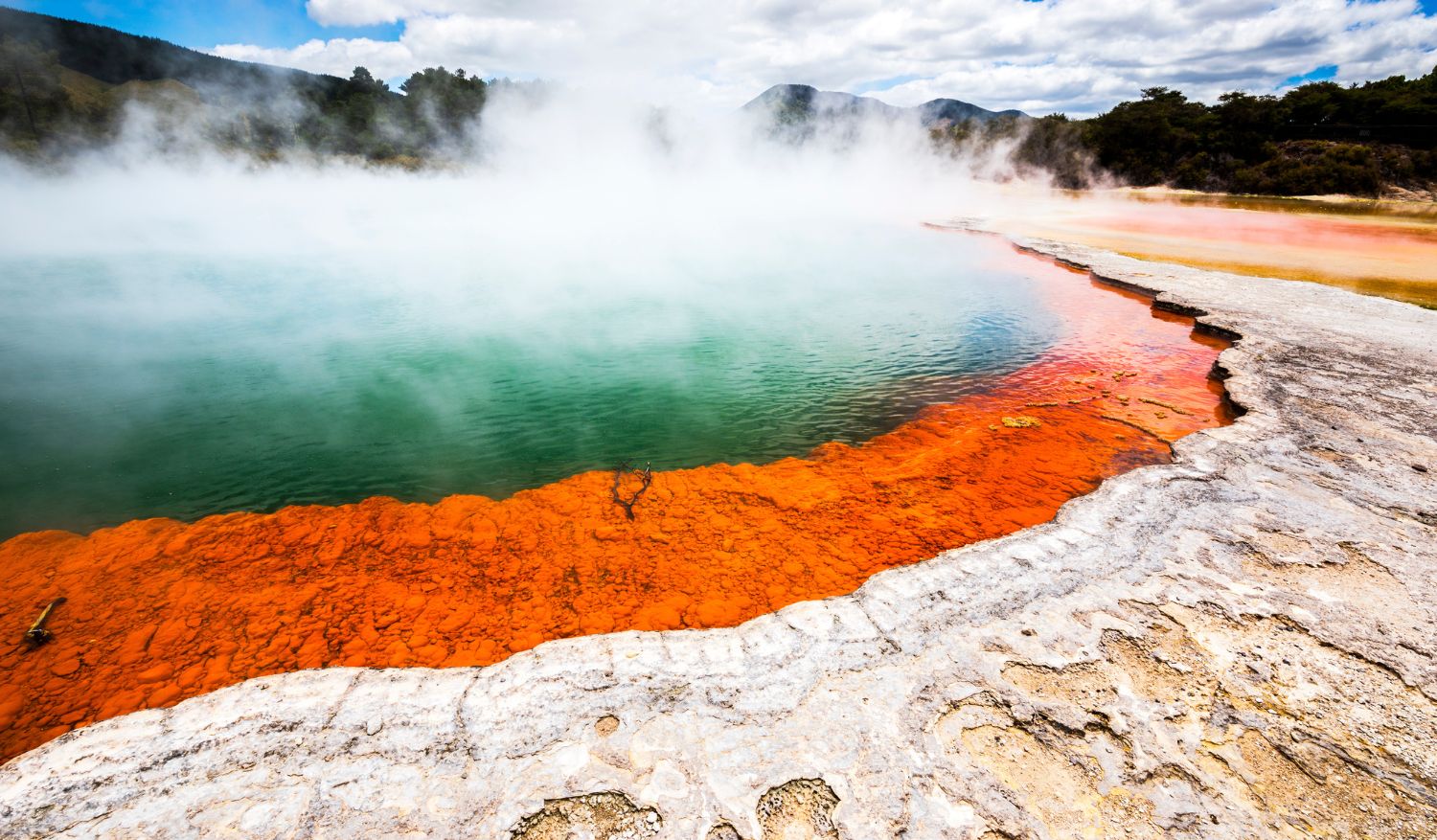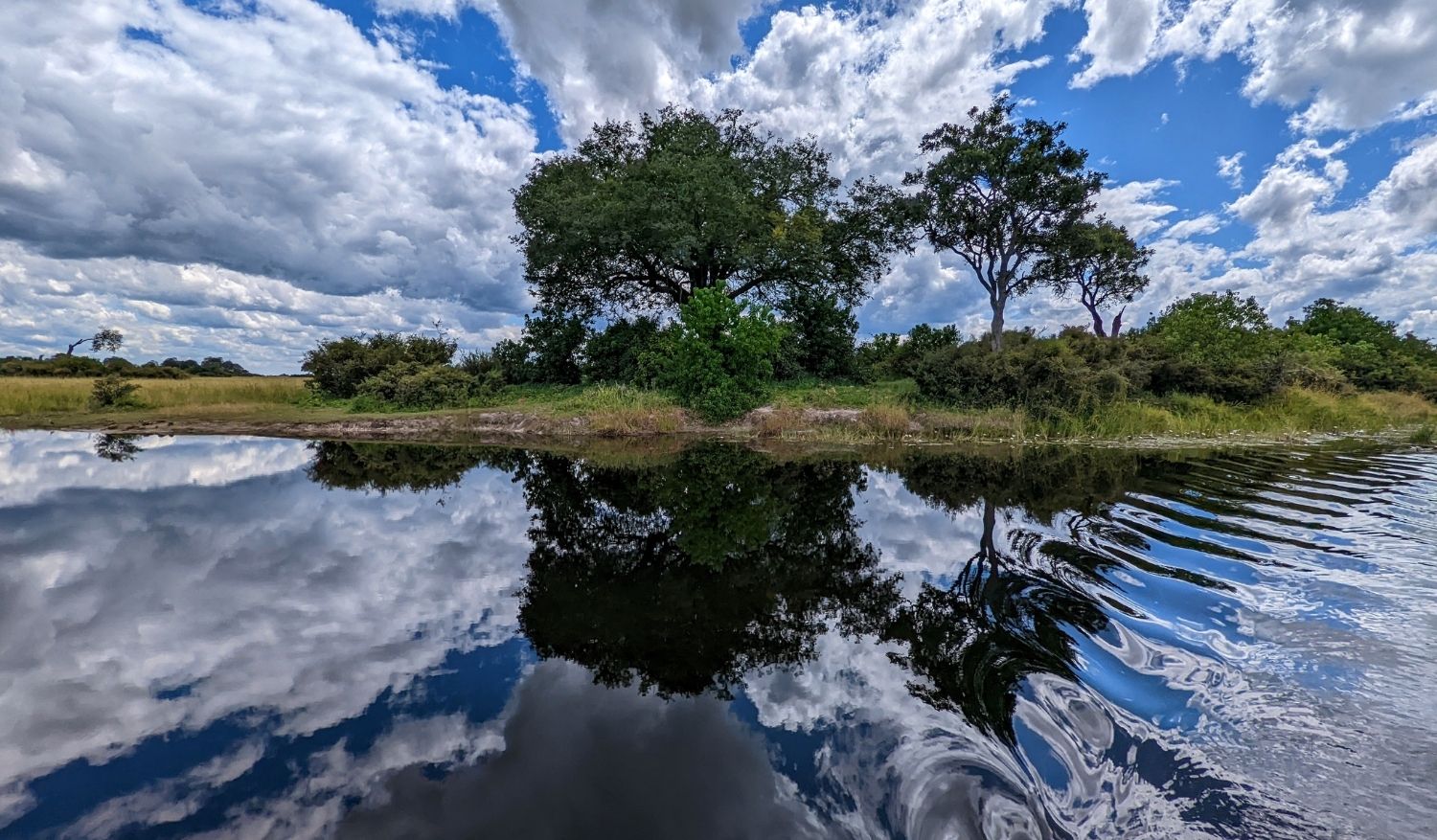Belize is known as a world-class diving destination. The clear and warm blue waters offer an unparalleled view of the rich marine life beneath the surface and fantastic diving conditions for both beginners and advanced divers. And yet, no other dive site in Belize is as famous as the Great Blue Hole.
A natural sinkhole over 300 meters across and 125 meters deep, the almost perfectly circular, deep cobalt blue hole stands out in contrast to its surrounding turquoise waters. Its sheer size is visible even from space. Sitting in the centre of the Lighthouse Reef atoll, the Great Blue Hole has been declared part of the Belize Barrier Reef Reserve System, a UNESCO World Heritage Site.
However, thousands of years ago, it was a limestone cave that scientists believed formed during the last Ice Age. As sea levels rose, the cave flooded and collapsed, forming the Great Blue Hole as it is known today. But it was only made famous in 1971 when undersea explorer Jacques Cousteau declared it one of the world’s top five diving sites upon confirming its origins.
As one of Belize’s top attractions, there are a few ways to admire the Great Blue Hole. Some opt for helicopter tours for an aerial view of the deep blue wonder or take a boat and even snorkel around the surface. For others, it’s a diver’s bucket list item to explore its mysterious depths, though not entirely accessible to all. Here’s everything you need to know before planning a dive at Belize’s Great Blue Hole.

What you can expect to see
Like most diving sites, the Great Blue Hole promises a treasure trove of colourful tropical fish, shrimp, groupers and other Caribbean sea life. It’s an underwater paradise beneath its blue surface, but the scenery takes a dramatic turn as one begins their descent.
As a former-now-vertical cave, you’ll find millennia’s worth of stalactites and stalagmites that have formed, suspended in the dark depths. Due to the lack of sunlight, there are barely any corals or fish as you go deeper. However, during the right season, there’ll be opportunities to spot a few sharks too. Blacktip and reef sharks, as well as bull and hammerhead sharks, have been known to be sighted at the Great Blue Hole.
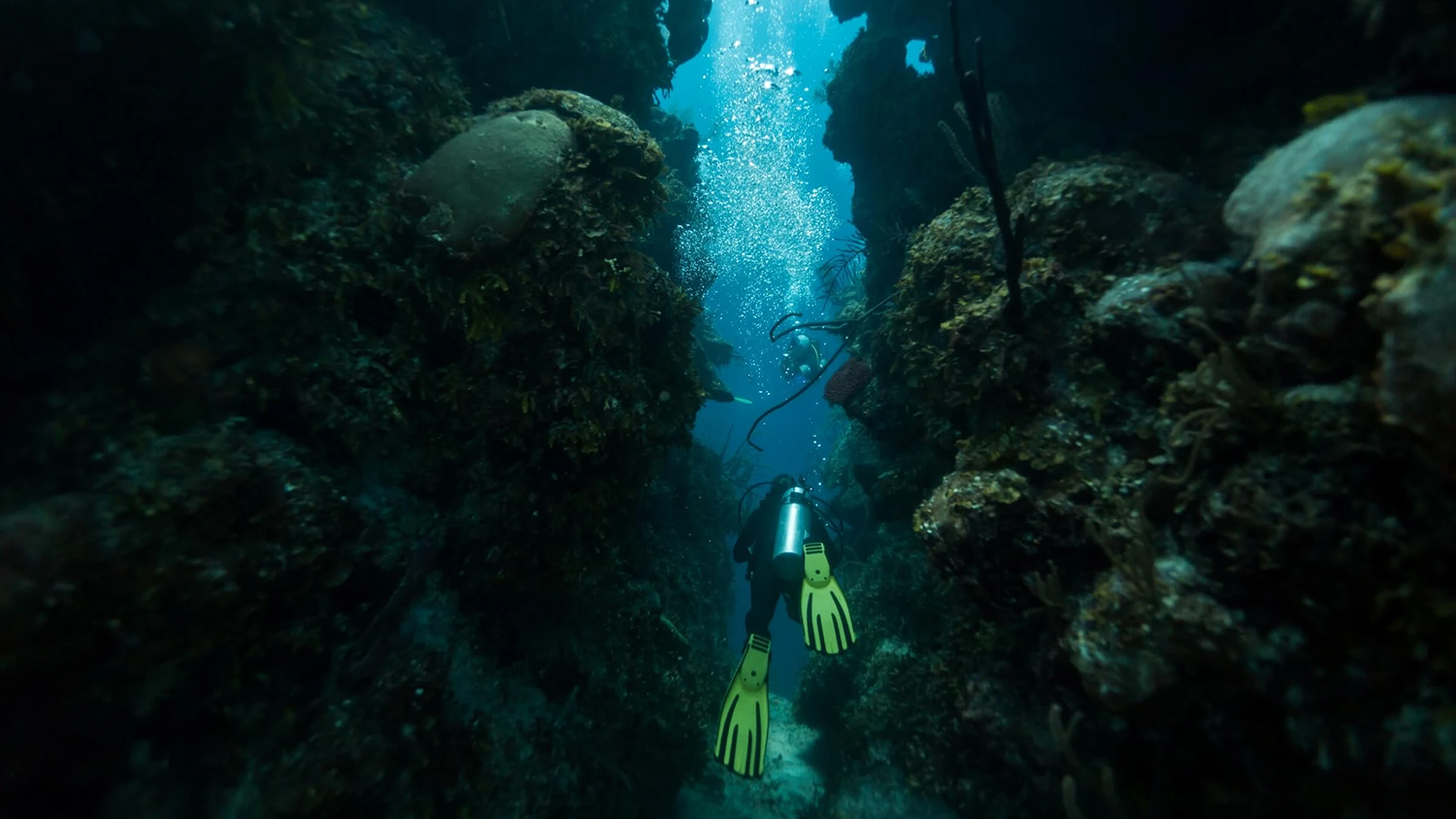
Planning a dive
First and foremost, Belize’s Great Blue Hole isn’t for beginners or novice divers. You’ll need to be at least qualified with an Open Water or Advanced Open Water diving certification, as it’s deep, dark and a highly technical dive. Note that the dive guide will not take you all the way to the bottom as that depth is beyond recreational limits—they’ll stop at 40 meters, which still sets up for challenging conditions. For extra precautions, a divemaster can assist with the final qualification check when divers practise their skills.
The best time to dive into the Great Blue Hole is between April and June when you can get peak visibility and a higher chance of encountering whale sharks. According to the PADI blog, the rainy season from June to November makes the water rather bumpy despite good visibility.
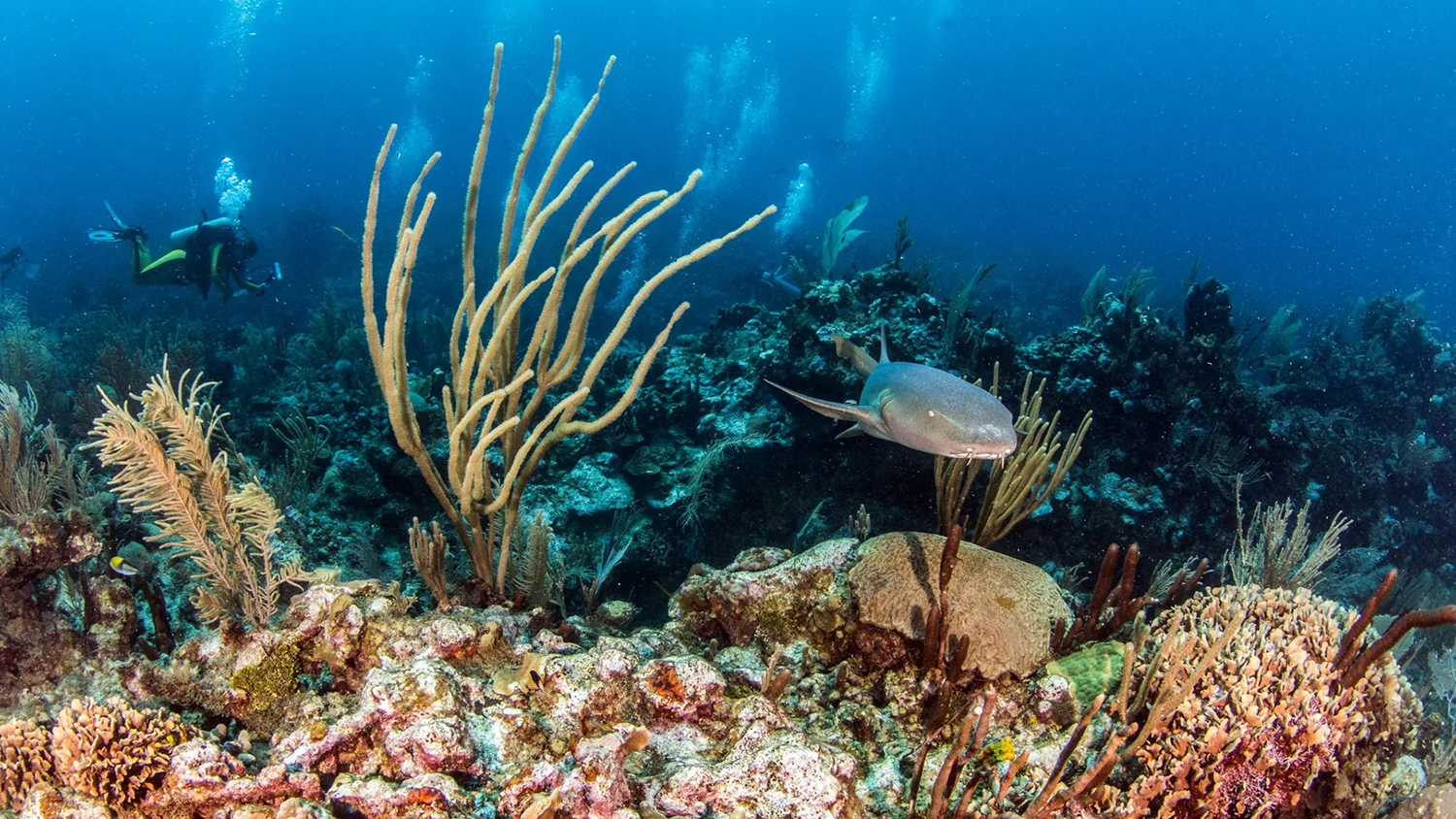
The Great Blue Hole is located around 100 kilometres off Belize’s coast. Depending on the island you depart from, a boat ride there could take between three to four hours. Ambergris Caye would be the best option as it’s a three-hour boat ride away. There are two methods of getting there to dive: either book a day boat or follow a liveaboard. The latter is especially recommended for those who get seasick easily.
Other tips for the dive include preparing a 3mm wetsuit, as it can get quite cold further down in the hole. Don’t forget a dive light or dive torch too! Of course, your tour operator will have all bases covered. Some of the recommended dive shops in Ambergris Caye include Belize Pro Dive Center, Ambergris Divers, and Belize Diving Adventures. Alternatively, the PADI website is the perfect one-stop directory.
(READ NEXT: 7 Breathtaking Scuba Diving Destinations Around the World)


